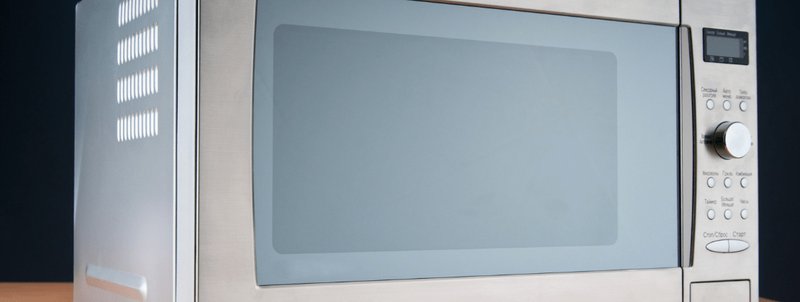
Imagine your microwave as a miniature chef, whipping up meals at the speed of light. Now, if this chef were to raise a red flag and say, “Hey, there’s something off here!”, that’s what the HE error code is doing. It’s a way for the microwave to communicate that there’s a heating issue. While it might be tempting to simply ignore it and continue using the microwave, this code isn’t one to be taken lightly. Just like ignoring a check engine light on your car, overlooking this error could lead to more serious problems down the line.
Understanding the HE Error Code
So, what’s the deal with the HE error code? In the world of electronics, codes like these are critical for diagnosing specific issues. “HE” stands for “Heating Error,” which is the microwave’s way of reporting a problem with the way it’s heating your food. Simply put, your microwave is struggling to perform its main function—generating heat.
Think of it like trying to boil water with a faulty kettle; it may look like it’s working, but if the water isn’t getting hot, something is fundamentally wrong. The HE error code often means there’s a problem either with the internal temperature sensor or the magnetron—the microwave’s main heating component. Just like a car engine needs oil to run smoothly, a magnetron relies on certain conditions to create those microwave waves.
Ignoring this error is akin to leaving a leaky faucet running; the issue may seem minor at first, but unresolved, it can lead to a flood of problems. The microwave might not heat food evenly, or worse, stop working altogether. It’s essential to address this problem sooner rather than later to prevent it from escalating.
Why Does the HE Error Occur?
You might be wondering, why do these HE errors pop up in the first place? Well, there are a few common culprits. One possibility is a faulty temperature sensor. Just as a thermometer helps you monitor a fever, the temperature sensor in a microwave ensures that it’s heating at the right level. If this sensor is faulty, the microwave can’t accurately check how hot things are inside, causing it to display the HE error code.
Another potential cause is the magnetron itself. This device is the powerhouse behind the microwave’s heating ability, converting electrical energy into microwave radiation. When the magnetron malfunctions, it’s like trying to run a race with a sprained ankle—it just can’t perform properly. Over time, components like these can wear out due to regular use, leading to the infamous error code.
Finally, a voltage issue could be at play. Microwaves require a specific range of electrical input to function correctly. If the voltage is too high or too low, the microwave might interpret this as a fault, triggering the HE code. Just think about how your phone battery drains faster in extreme temperatures—microwaves also have an optimal operating range that needs to be maintained.
What to Do When You See HE
So, you’ve spotted the HE error code. What’s the next step? First and foremost, safety is paramount. Ensure that your microwave is unplugged before investigating any further—electricity and curiosity can be a shocking combo! Once that’s settled, it may be worth consulting the user manual or reaching out to Whirlpool’s customer service for initial guidance.
If you’re a DIY enthusiast, you might feel tempted to crack open the microwave and start fiddling around. However, be cautious; microwaves contain high-voltage components that can be dangerous if not handled correctly. Often, it’s best to leave the repairs to a professional technician who can accurately diagnose and fix the issue, ensuring your microwave operates safely and efficiently.
In the long run, routine maintenance can help avoid such headaches. Keeping your microwave clean, regularly checking for any signs of wear and tear, and ensuring it operates in its ideal environment can prolong its life. Just like taking your car for a routine check-up, these small steps can make a big difference in keeping your microwave in tip-top shape.
In conclusion, while ignoring the HE error might seem convenient, it’s really a call to action—a sign that your microwave needs a little TLC. Addressing it promptly not only prevents further damage but also ensures your meals are cooked safely and correctly. So, next time your microwave starts acting up, you’ll know exactly what to do!